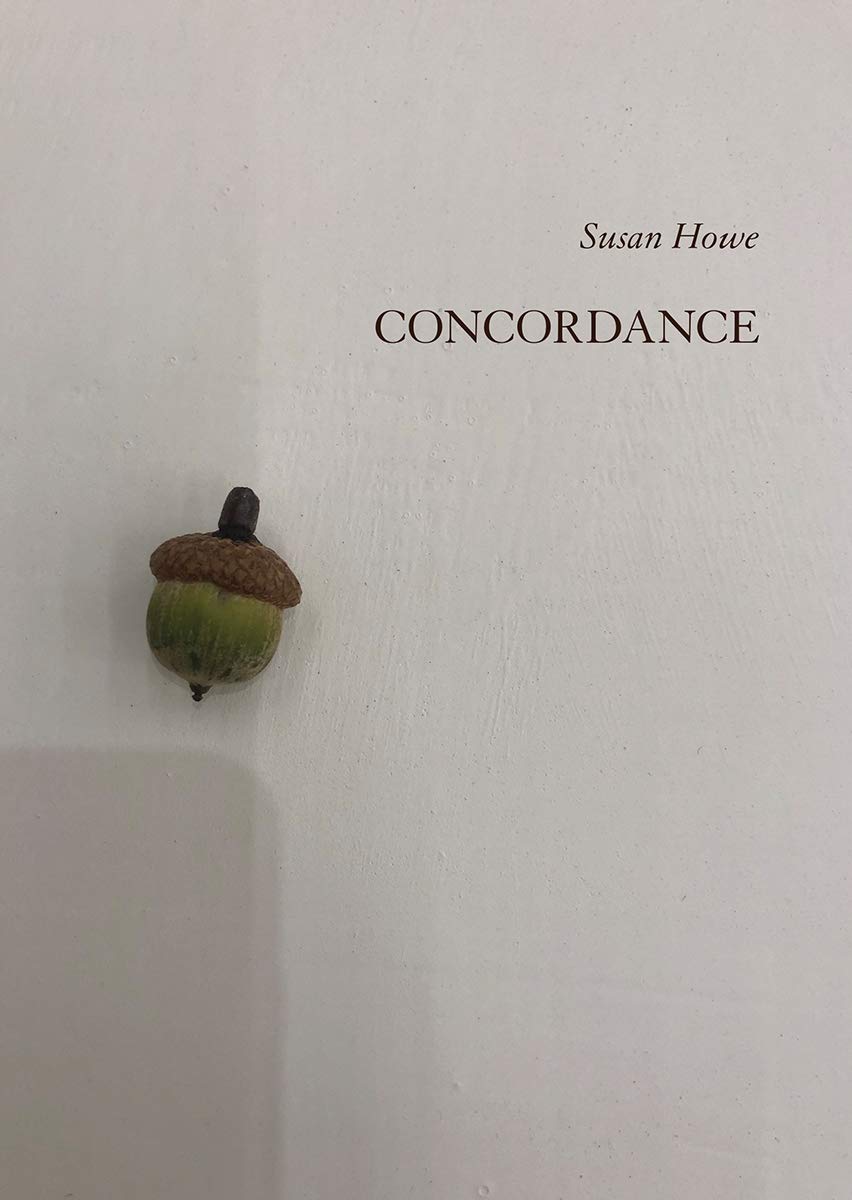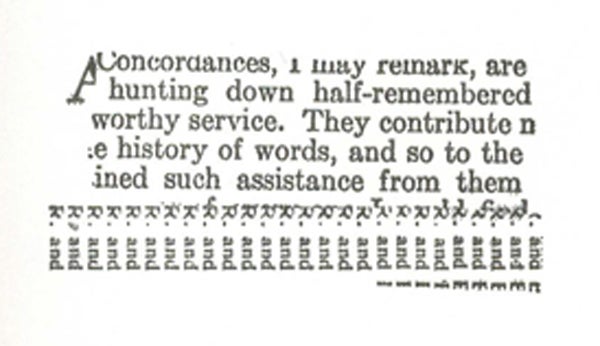I’m convinced that if I had a hundred years left to live, I wouldn’t be able to read all the books I wanted, play and study all the music I want to, and I wouldn’t run out of things that make me curious and want to learn more about.
This is an amazingly good thing for me and I am grateful.
Today is another of one of those serendipity type days. I listened to a wonderful lecture/poetry reading by Susan Howe this morning. It was given in April of 2019. Howe is 81 at the time. Now 84, I would still love to hear her lecture and/or read her poetry. This presentation at the Harvard Divinity School is entitled “Concordance: An Evening with Susan Howe.” Concordance is the title of a recent book of poetry she has written. She reads from some of it on the lecture but doesn’t make clear when she is doing so. This is very typical of her. She mixes poetry, scholarship, and insights in everything I’ve seen her do, including her books.
I’ve checked out her Concordance from the library.

Before this morning I had only glanced through it and noted that it’s mostly tiny pieces cut out of pre-existing published material presumably concordances.

After listening to her bring up Charles Ives and thinking more about Emerson and other people and ideas she brings up, I decided this morning to read from the beginning of Concordance.
My head is whirring from all the associations she alludes to and evokes in my own head. In the lecture she reads The Snowstorm by Ralph Waldo Emerson. This would be worth the price of admission for me, but she points out that Emily Dickinson copied four words from the ninth line because she admired them so much.
Howe says she also loves the ending line: “The frolic architecture of the snow.”
She also says how working with a composer recently led her to Charles Ives. She describes Ives as a “romantic modern” and then claims to be one herself. She relates to Ives propensity for quotation and again confesses that most of her work is quotation.
She also quotes some beautiful lines from Emerson’s Divinity School Address. Before doing so, she quotes Daniel Webster’s definition of “meteor.” (about 8:27 into her lecture…)
Susan Howe:”I’m just taking that word meteor and I’m going to read it aloud from Noah Webster so you can see what I mean.

Meteor (noun)– sublime, lofty– in a general sense, a body that flies or floats in the air. And in this sense, it includes clouds, rain, hail, snow, et cetera. But in a restricted sense in which it is commonly understood. Two– a fiery or luminous body or appearance flying or floating in the atmosphere, or in a more elevated region. We give this name to the brilliant globes or masses of matter which are occasionally seen moving rapidly through our atmosphere, and which throw off with loud explosions fragments that reach the earth, and are called falling stones. We call that by the same name, those fireballs which are usually denominated falling stars or shooting stars– also the lights which appear over moist grounds and graveyards called ignis fatui, and meteor-like flame lawless through the sky (Pope), figuratively, anything that transiently dazzles or strikes with wonder.
I mean, It’s like a poem in itself.” (transcript of her lecture can be found here)
Then she points out how Emerson uses the word meteor: ” a snowstorm was falling around us. The snowstorm was real– the preacher merely spectral, and the eye felt the sad contrast in looking at him out of the window behind him into the beautiful meteor of the snow.” This is from the Divinity School Lecture.
So Howe, Webster, Ives, Dickinson, and on and on. Cool beans for old Jupe.